This question is similar to the one here.
We all know what PointF is, don't we? This is the data structure:
public struct PointF
{
public float X;
public float Y;
}
How to implement IEqualityComparer<PointF> with tolerance? Let's say my Equals code is like this
public const float Epsilon = 0.01; //say
public bool Equals(PointF pt1, PointF pt2)
{
return Math.Abs(pt1.X-pt2.X)<Epsilon && Math.Abs(pt1.Y-pt2.Y)<Epsilon;
}
Question: How to implement the correct GetHashCode so that for a dictionary of PointF, I will access the element correctly?
I crack my head a few days but still can't find a satisfactory solution.
